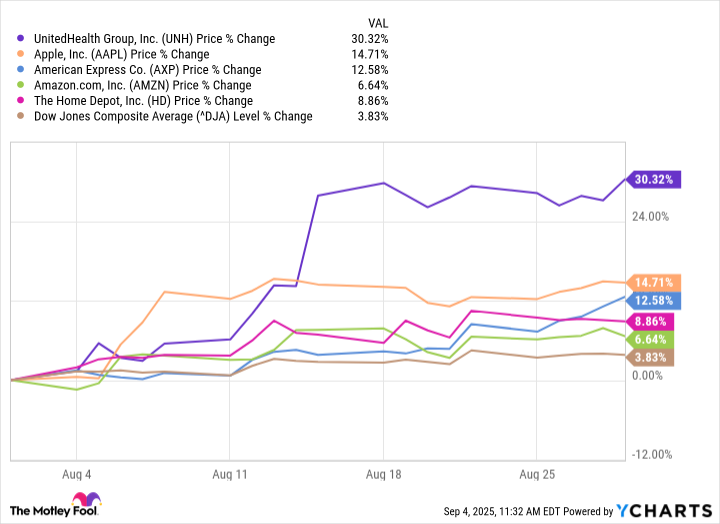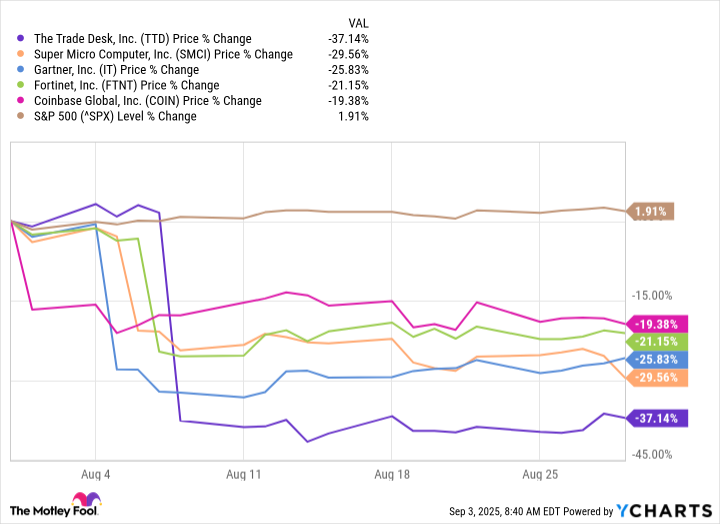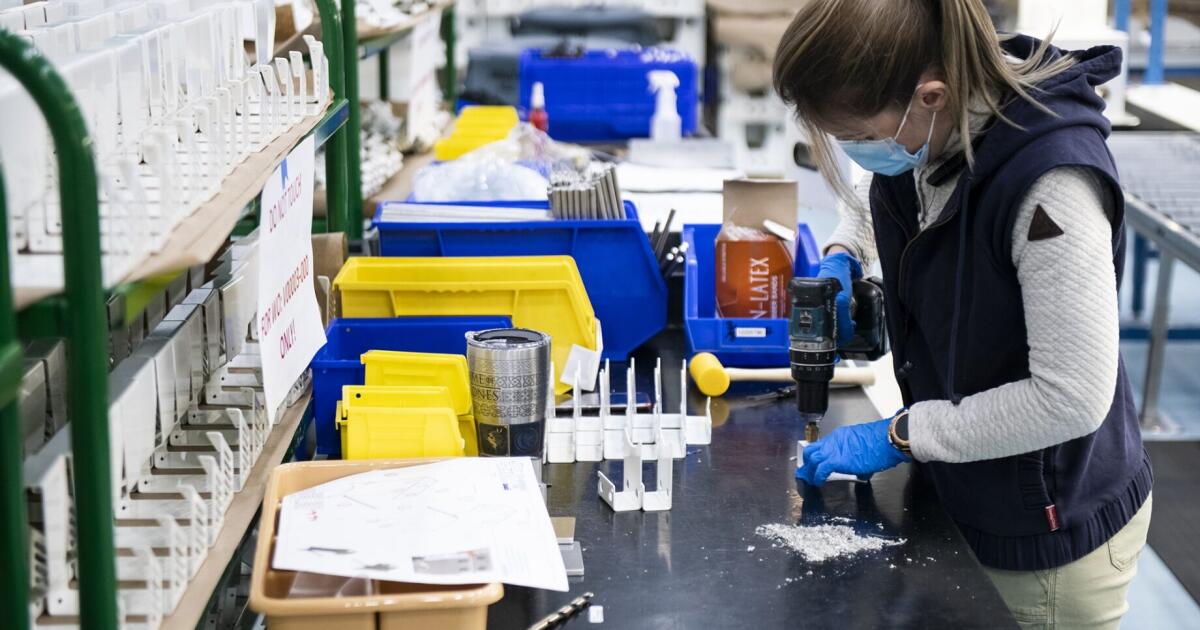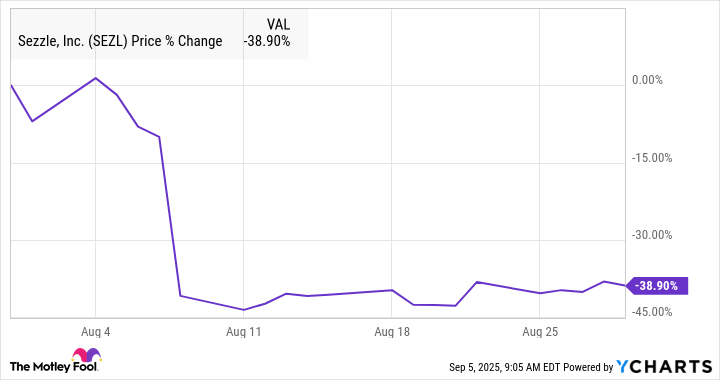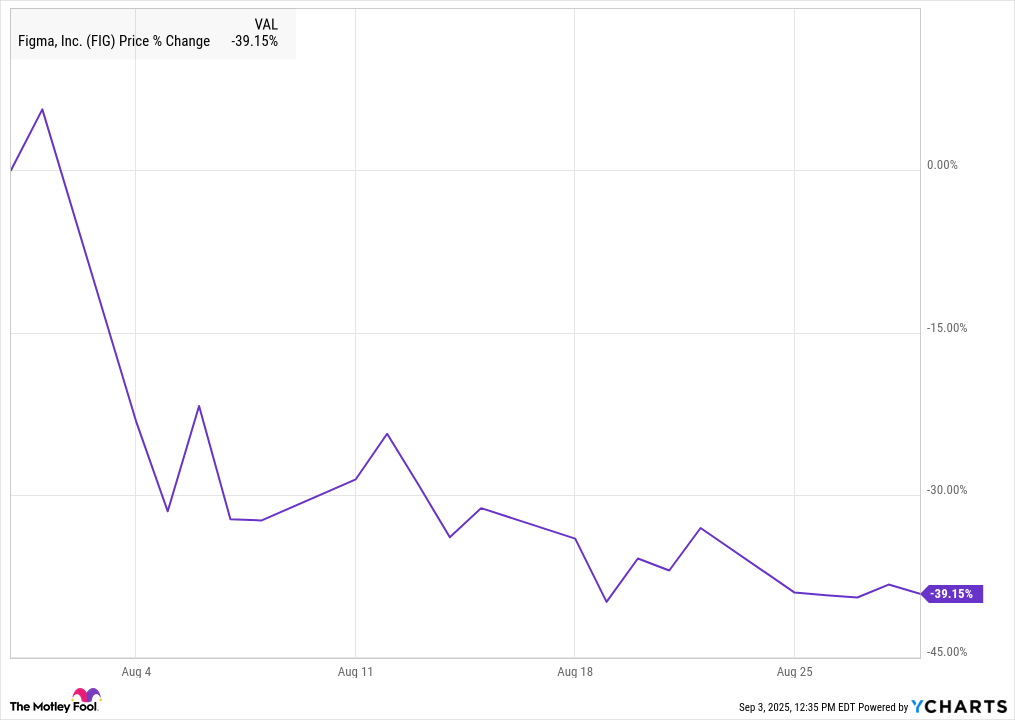Ex-Trump national security advisor Bolton charged in probe of mishandling of classified information
GREENBELT, Md. — Former Trump administration national security advisor John Bolton was charged Thursday in a federal investigation into the potential mishandling of classified information, a person familiar with the matter told the Associated Press.
The investigation into Bolton, who served for more than a year in President Trump’s first administration before being fired in 2019, burst into public view in August when the FBI searched his home in Maryland and his office in Washington for classified records he may have held onto from his years in government.
The existence of the indictment was confirmed to the AP by a person familiar with the matter who could not publicly discuss the charges and spoke to the AP on condition of anonymity.
Agents during the August search seized multiple documents labeled “classified,” “confidential” and “secret” from Bolton’s office, according to previously unsealed court filings. Some of the seized records appeared to concern weapons of mass destruction, national “strategic communication” and the U.S. mission to the United Nations, the filings stated.
The indictment sets the stage for a closely watched court case centering on a longtime fixture in Republican foreign policy circles who became known for his hawkish views on American power and who after leaving Trump’s first government emerged as a prominent and vocal critic of the president. Though the investigation that produced the indictment began before Trump’s second term, the case will unfold against the backdrop of broader concerns that his Justice Department is being weaponized to go after his political adversaries.
It follows separate indictments over the last month accusing former FBI Director James Comey of lying to Congress and New York Atty. Gen. Letitia James of committing bank fraud and making a false statement, charges they both deny. Both of those cases were filed in federal court in Virginia by a prosecutor Trump hastily installed in the position after growing frustrated that investigations into high-profile enemies had not resulted in prosecution.
The Bolton case, by contrast, was filed in Maryland by a U.S. attorney who before being elevated to the job had been a career prosecutor in the office.
Questions about Bolton’s handling of classified information date back years. He faced a lawsuit and a Justice Department investigation after leaving office related to information in a 2020 book he published, “The Room Where it Happened,” that portrayed Trump as grossly uninformed about foreign policy.
The Trump administration asserted that Bolton’s manuscript included classified information that could harm national security if exposed. Bolton’s lawyers have said he moved forward with the book after a White House National Security Council official, with whom Bolton had worked for months, said the manuscript no longer contained classified information.
A search warrant affidavit that was previously unsealed said a National Security Council official had reviewed the book manuscript and told Bolton in 2020 that it appeared to contain “significant amounts” of classified information, some at a top-secret level.
Bolton’s attorney Abbe Lowell has said that many of the documents seized in August had been approved as part of a pre-publication review for Bolton’s book. He said that many were decades old, from Bolton’s long career in the State Department, as an assistant attorney general and as the U.S. ambassador to the United Nations.
The indictment is a dramatic moment in Bolton’s long career in government. He served in the Justice Department during President Reagan’s administration and was the State Department’s point man on arms control during George W. Bush’s presidency. Bolton was nominated by Bush to serve as U.S. ambassador to the United Nations, but the strong supporter of the Iraq war was unable to win Senate confirmation and resigned after serving 17 months as a Bush recess appointment. That allowed him to hold the job on a temporary basis without Senate confirmation.
In 2018, Bolton was appointed to serve as Trump’s third national security advisor. But his brief tenure was characterized by disputes with the president over North Korea, Iran and Ukraine.
Those rifts ultimately led to Bolton’s departure, with Trump announcing on social media in September 2019 that he had accepted Bolton’s resignation. Bolton subsequently criticized Trump’s approach to foreign policy and government in his 2020 book, including by alleging that Trump directly tied providing military aid to the country’s willingness to conduct investigations into Joe Biden, who was soon to be Trump’s Democratic 2020 election rival, and members of his family.
Trump responded by slamming Bolton as a “washed-up guy” and a “crazy” warmonger who would have led the country into “World War Six.” Trump also said at the time that the book contained “highly classified information” and that Bolton “did not have approval” for publishing it.
Tucker, Durkin Richer and Kunzelman write for the Associated Press. Tucker and Durkin Richer reported from Washington.













